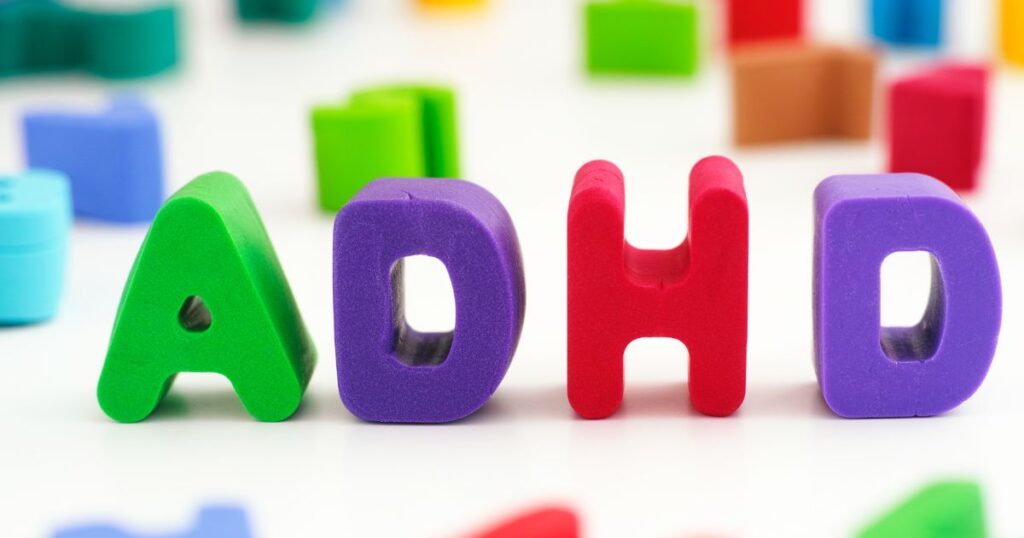Visual aids can be powerful tools for adults with Attention-Deficit/Hyperactivity Disorder (ADHD) struggling with memory difficulties. These visual cues tap into the strengths of individuals with ADHD, who often process visual information more efficiently than auditory or text-based data. Implementing visual aids can significantly enhance memory retention and information retrieval for adults with ADHD, improving their daily functioning and overall quality of life.
Visual cues come in various forms, from simple Post-it notes to complex organizational apps. By presenting information in a visually engaging format, these tools help combat the tendency to become distracted or lose focus. For instance, using colorful calendars, mind maps, or infographics can make important information more memorable and easier to recall. Adults with ADHD can also benefit from creating visual schedules and using pictures to represent tasks throughout the day, which can help them remember and complete their responsibilities more effectively.
Learning how to improve memory with ADHD often involves experimenting with different visual strategies. Some individuals may find success with digital tools like smartphone reminders or specialized ADHD management apps, while others might prefer physical visual aids like whiteboards or color-coded filing systems. The key is to find visual techniques that resonate with the individual’s specific needs and preferences, creating a personalized system that supports their memory and attention challenges.
This material is intended for educational purposes only and should not replace the advice of your healthcare provider. For individualized care, please consult a medical professional.
Key Takeaways
- Visual aids leverage the visual processing strengths of adults with ADHD
- Various visual tools can be used to enhance memory and task completion
- Personalized visual strategies are crucial for effective ADHD memory support
Understanding ADHD and Memory Difficulties
Adults with ADHD often experience challenges with memory processes, impacting their daily functioning. These difficulties stem from differences in cognitive processing and executive functions.
The Impact of ADHD on Memory
ADHD affects working memory, short-term memory, and long-term memory. Working memory allows individuals to hold and manipulate information temporarily. Adults with ADHD may struggle to keep multiple pieces of information in mind simultaneously.
Short-term memory issues can manifest as forgetfulness in daily tasks. Long-term memory difficulties may appear as trouble recalling past events or learned information.

Attention plays a crucial role in memory formation. Selective attention deficits in ADHD can lead to incomplete encoding of information, making it harder to store and retrieve memories later.
Cognitive Challenges and Strategies
Executive functions, which include planning, organization, and problem-solving, are often impaired in adults with ADHD. This impacts their ability to prioritize information for memory storage and retrieval.
Cognitive training can help improve memory skills. Techniques like chunking information, using mnemonic devices, and creating visual associations can enhance memory retention.
Learning specialists and educational resources tailored for ADHD can provide valuable strategies. These may include:
- Breaking tasks into smaller, manageable steps
- Using visual aids and reminders
- Implementing structured routines
- Practicing mindfulness to improve focus
Brain training exercises targeting working memory and attention can also be beneficial. These activities aim to strengthen cognitive skills and improve overall memory function.
Integrating Visual Aids for Enhanced Memory Support
Visual aids provide powerful tools for adults with ADHD to boost memory and information retention. These aids leverage visual processing strengths, enhancing focus and recall in daily life and work environments.
Types of Visual Aids and Their Benefits
Mind maps organize complex information visually, aiding in project management and multitasking. Visual schedules offer structured timelines, improving time management and task completion. Visual timers display time passage graphically, enhancing time awareness.
Visual cues, such as color-coded sticky notes or digital reminders, serve as effective memory prompts. These cues can significantly reduce disruptive behaviors associated with forgetfulness.
Trello boards and similar digital tools combine visual organization with task management, supporting productivity in both personal and professional settings.
Implementing Visual Support Systems
Systematic implementation of visual aids is crucial for maximizing their benefits. Start by identifying key areas where memory support is needed most, such as work tasks or daily routines.
Create a consistent visual system. Use color-coding across different tools to reinforce associations. Place visual reminders in highly visible locations to ensure regular engagement.
Integrate digital and physical visual aids. Combine smartphone apps with tangible visual cues like whiteboards or printed schedules. This dual approach reinforces memory through multiple channels.
Advancing Productivity and Retention
Visual aids significantly enhance information retention in educational and professional settings. They tap into visual learning strengths, which are common among adults with ADHD.
Regular use of visual tools can improve overall quality of life by reducing stress associated with forgetfulness and disorganization. Visual project management techniques help break down complex tasks into manageable steps.

Reward systems, visually represented through progress trackers or achievement boards, can boost motivation and task completion rates. This positive reinforcement helps build lasting habits and improves long-term productivity.
Conclusion
Visual aids can be powerful tools for adults with ADHD to improve memory and information retrieval. By leveraging visual processing strengths, these aids help capture attention and reinforce important details. Strategies like color coding, mind maps, and digital reminders provide external cues to support working memory.
Consistently using visual organization systems tailored to individual needs can lead to improved focus, productivity, and confidence. With practice, adults with ADHD can develop effective visual aid habits to compensate for memory challenges and thrive in daily life.
